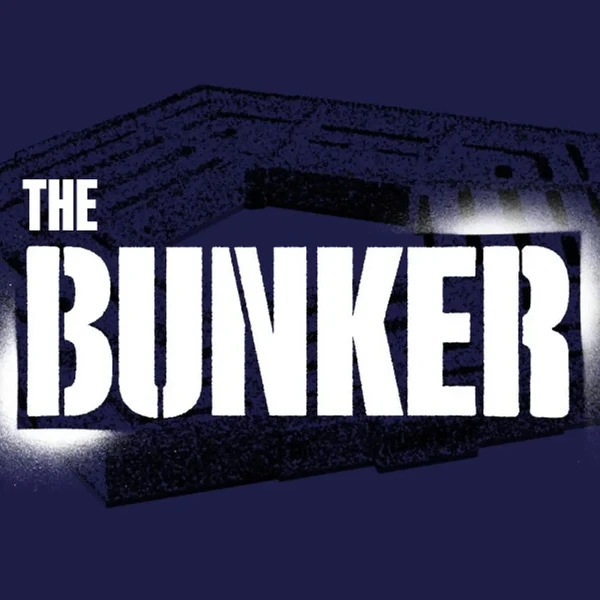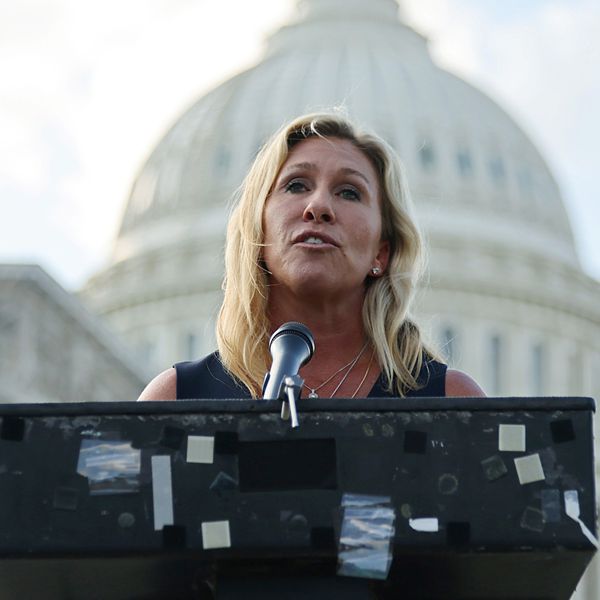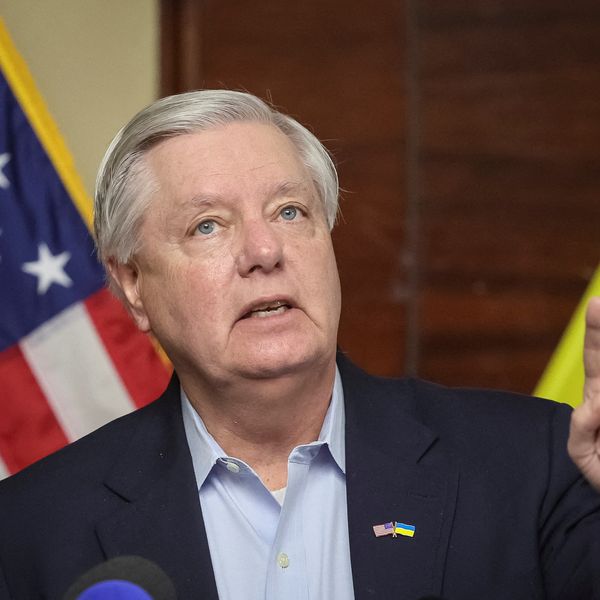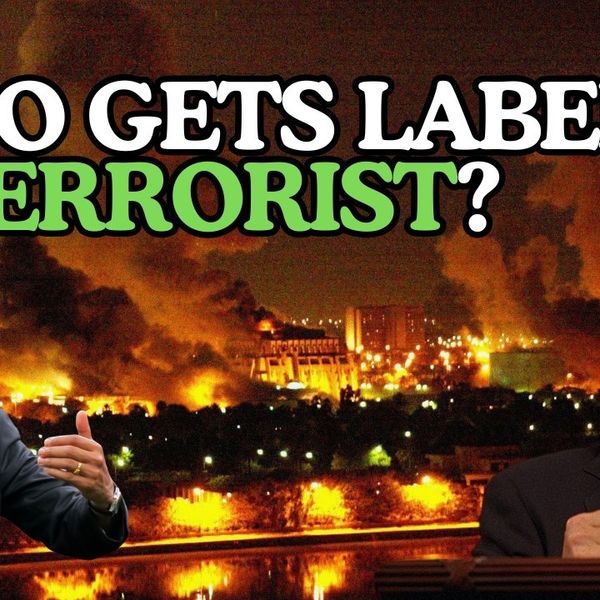The war in Ukraine has served as a reminder to the general public that both Russia and the U.S. have massive nuclear weapons arsenals and that they continue to pose an existential threat to human civilization, and perhaps even to our very survival on the planet.
But do we actually know why? As a nuclear scientist and weapons expert I think it would be helpful to briefly contemplate, as a survival enhancing exercise, the effects of a single nuclear detonation on Washington, Kyiv or Moscow.
Keep in mind that a single Russian Sarmat or SS-18 intercontinental missile carries ten 800-kiloton bombs, and the Russian intercontinental missile arsenal can launch about 400 of those bombs within minutes of a launch command. Let’s focus here on the effects of a single 800-kiloton nuclear detonation at a height of about one mile above an American city.
The detonation of this nuclear weapon would release the near explosive equivalent of a million tons of TNT within a 100 millionths of a second and within a volume of roughly a cubic foot. Because so much energy is released so quickly and in such a small volume, the temperature inside the explosion will reach roughly 100 million degrees celsius, about five times that of the center of the sun.
Within a millionths of a second, the explosive energy heats the surrounding air to a million degrees, creating a “fireball” of superheated air with an inner pressure of tens of millions of pounds per square inch. This fireball initially expands at about one million miles per hour, and within a second becomes a bubble of hot air of about one mile in diameter.
As this superheated air-bubble expands to its maximum diameter, its edges push against the surrounding air, producing a compressed blast wave of enormous power and extent.
The light and heat from the fireball are so intense at this point that a detonation over Detroit or Kiev at night, out of line-of-sight due to the earth’s curvature, could still be seen as a flash of light low in the sky from Washington DC or Moscow, respectively. It will be bright enough at 50 miles to cause retinal burns if individuals happen to be looking towards the detonation.
At a range of nearly eight miles, the fireball will appear almost 100 times brighter than a noon hour desert sun, and will ignite clothing, curtains, grass, and light vegetation.
At five miles, it will appear more than 200 times brighter than a noon hour desert sun, and would cause warping of metal surfaces, explosive combustion of the paint off walls, and ignitions of essentially all combustible materials in the fireballs’s line-of-sight. Brittle concrete and granite surfaces would be so rapidly heated that they would explode into dust. Black smoke from partially combusted materials will fill the air, making it impossible to even read street signs from ground level.
At ranges yet nearer to the detonation, heating effects will be so intense, that human flesh would burn explosively into carbon, and asphalt on the streets would melt and, in some cases, vaporize.
At that point, the resulting fires over an area of between 100 and 150 square miles on Earth would efficiently heat large volumes of air near and above the ground. The energy released by this mass fire would be 15 to 50 times greater than the energy produced by the nuclear detonation. The rising hot air would reach wind speeds of 300 miles per hour and be so intense they would knock airplanes above the fire zone from the sky.
This “chimney effect” would pull cool air from outside the fire zone towards the center of the fire at speeds of hundreds of miles per hour. These superheated ground-winds of more than hurricane force would further intensify the fire.
At the edge of the fire zone, the winds would be powerful enough to uproot trees of several feet in diameter and suck people from outside the fire into it, fill city streets with flames and firebrands, break in doors and windows, and cause the fire to jump, sometimes hundreds of feet, swallowing anything not already violently combusting.
This ferocious “hurricane of fire” would also be accompanied by the release of large amounts of potentially lethal toxic smoke and combustion gases, creating an environment of extreme heat, high winds, and toxic agents in target areas.
These combined effects will produce a lethal ground-environment for three to six hours while the fire burns most intensely.
Those who tried to escape through the streets would have been incinerated by the boiling hot hurricane-force winds filled with firebrands and flames. Those able to find shelter in the lower-level sub-basements of massive buildings would likely suffocate from fire-generated gases or be cooked alive as their shelters heated to oven-like conditions.
After the fire burns out, the street pavement would be so hot that even tracked vehicles would not be able to pass over it for days. Buried, unburned material from collapsed buildings throughout the fire zone could burst into flames when exposed to air — even months after the firestorm had ended.
As the nuclear debris cloud rises, it will drag with it the radioactive isotopes produced during the detonation of the nuclear weapon. One hour after the detonation, the radioactive isotopes will be about 10,000 times more radioactive than the radiation released in the Chernobyl accident, which occurred in 1986. Since these radioactive isotopes are mostly “short-lived,” within one day the activity levels will drop to several hundred times that of the Chernobyl release.
Some very small fraction of these radioactive materials would be falling to the ground within the hours following the nuclear attack, and since the activity of these materials is so high, they will produce radiation on the ground near and downwind of the target area that will be lethal within hours to exposed individuals.
Facing these realities, can anyone know how to define the meaning of winning a nuclear war?















